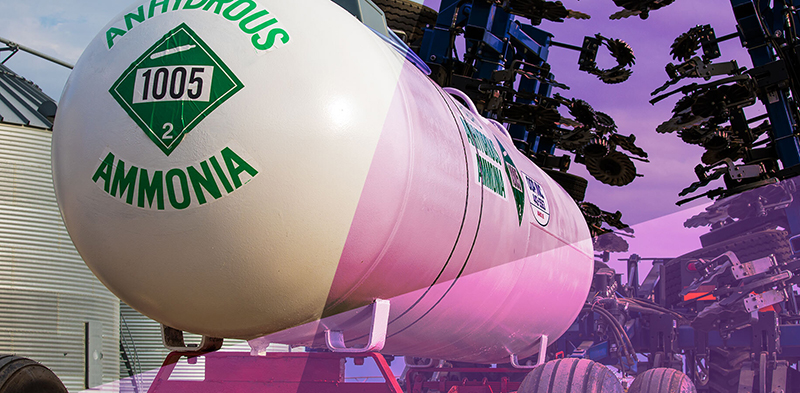Popular Fungicide Fears Allayed
Should you be worried about disease resistance to BASF’s Headline fungicide? We got the scoop from BASF. Tip: It depends, in part, on the crop.
I know what you’re thinking: Hold it, I hadn’t heard anything about Headline resistance. Did I miss something, should I be concerned, what do I tell my growers? Relax; we’ve learned that any cases of resistance to Headline occurred outside the row crop market and in situations of overuse.
Here’s the quick backstory: You never know what you’ll hear at a field day, and such was the case when CropLife r magazine Editor Eric Sfiligoj attended a recent field day hosted by GVM West. What one Ohio State University plant pathologist said at a recent event caused the entire audience to sit up on high alert..
Ohio State’s Dennis Mills mentioned, as an aside, that there were concerns about some disease resistance to the strobilurin class in the South — news to this group. Mills cited concerns outlined in a letter from 40 Extension plant pathologists across the U.S. to EPA immediately following EPA’s approval of the addition of the plant health label language for Headline fungicide. Headline contains the active ingredient pyraclostrobin, part of the strobilurin class of fungicides.
Mills expected his audience to be familiar with the Extension concerns. Instead, the startled GVM West field day crowd erupted with questions.
We had questions, too, and decided to go straight to BASF to get some answers, after all, Headline has become a very popular fungicide in both corn and soybeans. Has there been cases of disease resistance to Headline? What should you and your grower-customers do?
The gist of my conversation with BASF’s Dr. Amber Shirley is that the company is not aware of any cases of Headline resistance in row crops across the globe, and because row crops growers typically use a single fungicide application. The instances of resistance have occurred in “fruits and vegetables in the U.S., and in cereals in Europe in, and these cases represent classic cases of overuse.”
Shirley explained that in the affected crops, “there’s a higher level of disease and growers need to make more applications of fungicides, primarily for disease control, and they often have few other modes of action that are registered.
“We are aware of those instances of resistance and we’ve been very proactive in the stewardship of our product. For example, with this and with Pristine — this is another BASF product that has the same active ingredient with Headline as well as another active ingredient — in these cases we worked with universities and we kept stewardship as the top recommendation in practice. We’ve even modified the Pristine label to reduce frequency of use in a season. So we take these cases very seriously and want to make good stewardship of our products.”
EPA’s recent response to the Extension plant pathologists “recognized the label recommendations for resistance management and that Headline had incorporated and continues to incorporate those in the label,” Shirley stated. “Resistance management strategies are well described on the label and still have to be followed. One of the key things about this label is that we have not changed our application recommendations for Headline.
“And even in Europe, when the Fungicide Resistance Action Committee guidelines and the recommendations consistent with what Headline has on the label were implemented, the occasional resistance and resistance issues really decreased,” she added.






